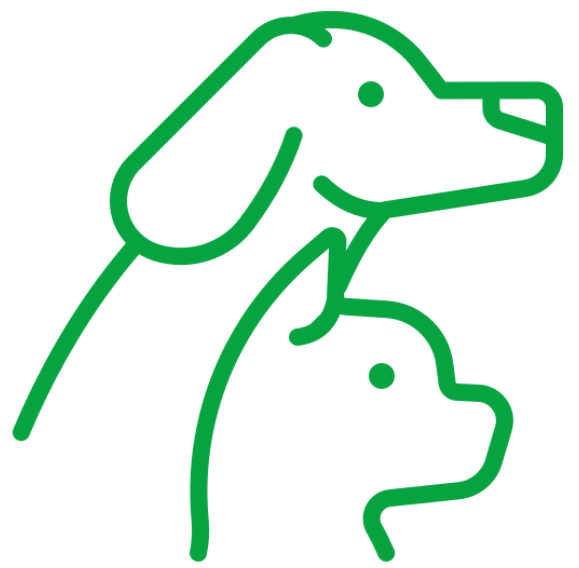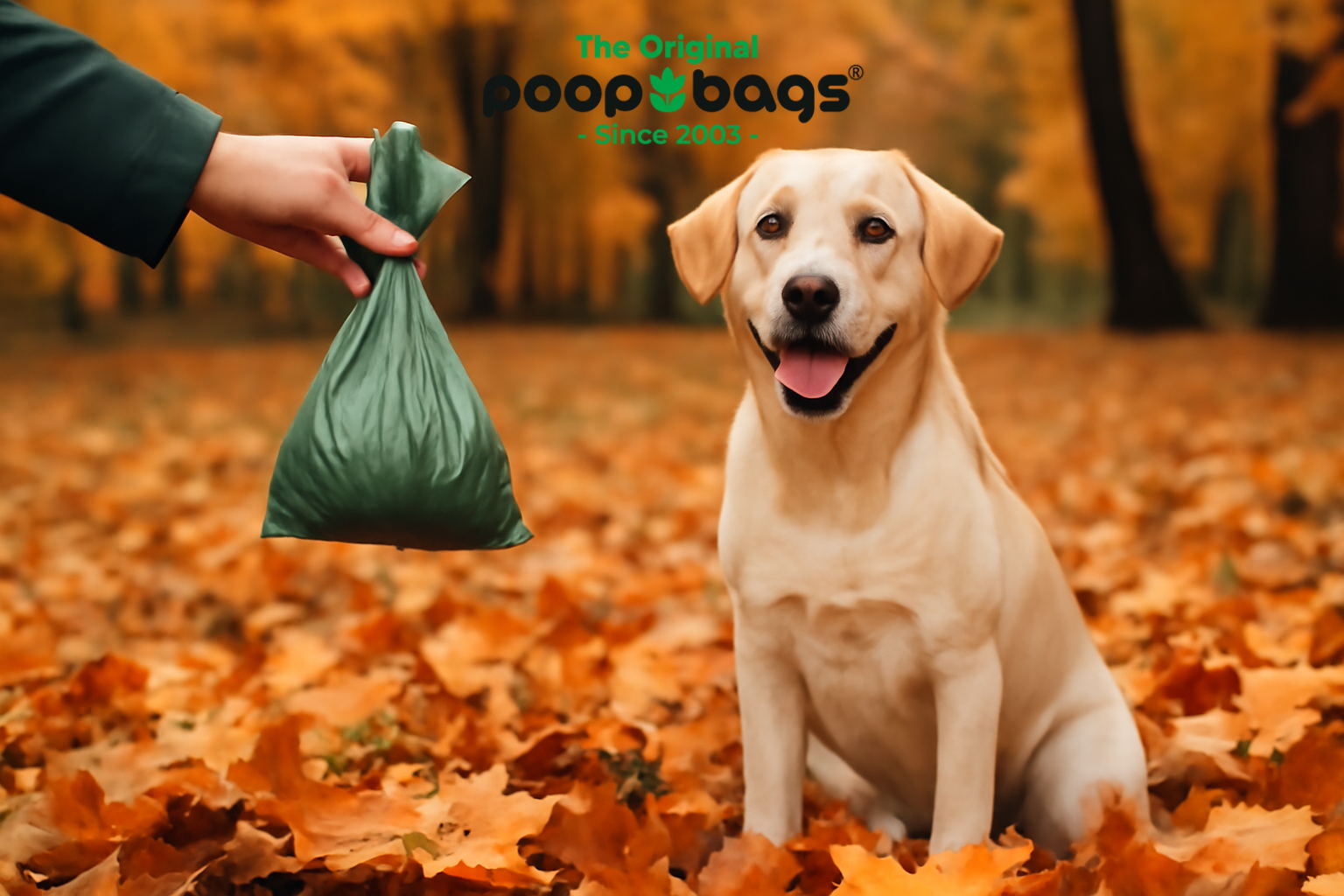Our dogs can suffer from allergies just like us, and the food they consume has a huge part to play. All the unknown ingredients, grains, and extra artificial additives could be the culprits of skin rashes, itchiness and irritable bowels. To make sure your dog doesn’t suffer from food allergies or to alleviate their symptoms, we have found that fresh food is a great solution.
Symptoms of Food Allergies
Even before you can start treating the problem, the issue must be identified. How do you know if your dog is suffering from allergies or if he’s just got an itch? Keep in mind that these symptoms can also be possible indicators of other illnesses, so it’s best to consider them collectively instead of just focusing on one.
A safe bet is to take a trip to your trusted vet just to be sure what the cause is. One thing is for sure, food allergies in dogs are rarely fatal and only display themselves in the form of skin problems and other allergic reactions.
Some common symptoms of allergies in dogs include:
- Itchiness
- Ear infections
- Skin rashes and skin conditions
- Hair loss
- Paw biting or licking
- Coughing, sneezing and wheezing
- Upset stomachs
- Puking
- Flatulence
What Can Cause Allergies in Dogs?
Once you suspect your dog is suffering from food allergies, it’s time to identify what the cause is. Common allergens in dog food actually come from the first ingredient – the meat.
Unfortunately, the most common flavors of commercial dog food such as beef, pork, lamb, chicken and fish are all known to be the source of allergic reactions. However, that’s not always the case.
There are other ingredients such as grains, dairy, soy and yeast among others that can also be responsible for the above symptoms. What is really unfortunate is that all these ingredients listed to be causes for allergies are found in most, if not all dog food.
In some cases, it’s the processing that commercial dog food goes through is what renders these ingredients intolerable for your dog’s system. This is why some pet parents switch to raw or fresh dog food.
How to Treat Dog Food Allergies
Other than identifying if your dog’s allergies are food related, you must also decipher which ingredient he’s allergic to. To do this, you need to eliminate the ingredients one by one to find the answer.
But the proteins listed above is found in 90% of dog food on the market, so how do we cut them out? Look for exotic meats such as bison, kangaroo and other rare sources of protein. It’s also a good idea to steer clear of any by-products, meals and additives.
To increase the accuracy of this test, you must only feed your dog the new food without any other treats or snacks. This will allow you to be 100% sure the food protein or whichever ingredient you cut out is the cause.
It will also take some time to be sure as your dog’s system will need to adjust to the new food so you are looking at at least 3 months on this new diet.
Dog Food Options for Dogs with Allergies

Now we get to the good part. You can switch out commercial dog food altogether to a different diet that may be more beneficial to your dog.
- Fresh Food
By fresh dog food we mean freshly cooked with human ingredients. Ollie Dog Food is such a brand that offers a subscriptions service. For detailed information you can read more here.
They are a relatively new brand, having only been established in 2016, but they have quickly garnered the support of many pet parents and lots of popular reviews too. You can customize each recipe for your dog’s unique needs.
This means that if your pooch is allergic to chicken and corn, you can request the experts at Ollie Dog Food to cut them out completely. Only add what’s good for your dog, what he likes, and what’s healthy.
As a subscription service, Ollie Dog Food delivers the freshly made but frozen packages directly to your door. All you need to do is to thaw them out, heat and serve!
They can deliver weekly or as instructed. All the food cooked by Ollie Dog Food is done with low heat to preserve as much of the nutrients as possible.
We don’t recommend attempting to create your own fresh dog food at home because you may not understand your dog’s needs and create a recipe that is unbalanced and lacking in certain nutrients.
- Raw Dog Food
Another option is the ancestral diet, otherwise known as raw dog food. However, it’s very important to gain the approval of your vet before you try this form of dog food. It is a controversial diet that can come with some risks.
But the benefits of a dog accustomed to raw dog food include:
- A shinier and healthier coat
- Smaller waste due to better absorption
- High energy levels
- Cleaner teeth
Not many dogs are on a completely raw diet, and just adding raw food as a topping to your canine’s regular meals can be beneficial.
- Grain-Free Dog Food
We also have grain-free dog food but this will only be effective for dogs allergic to grains. Some dogs can have a grain allergy similar to us humans, and that is what spawned grain-free dog food.
Many brands have grain-free options including Orijen, Wellness Core, Nulo and Taste of the Wild.
- Limited Ingredient Dog Food
Some brands also offer a limited ingredient dog food that only uses essential ingredients to fit the optimal nutritional profile – nothing more and nothing less. This limits the additives and unnecessary ingredients your pet is exposed to and will also reduce the chances of allergies.
Conclusion
Our top recommendation for dog food for dogs with allergies is fresh food. Ollie Dog Food is among the best and most trusted brands when it comes to freshly cooked meals. They use human ingredients and consider your dog’s health as their number 1 priority.






